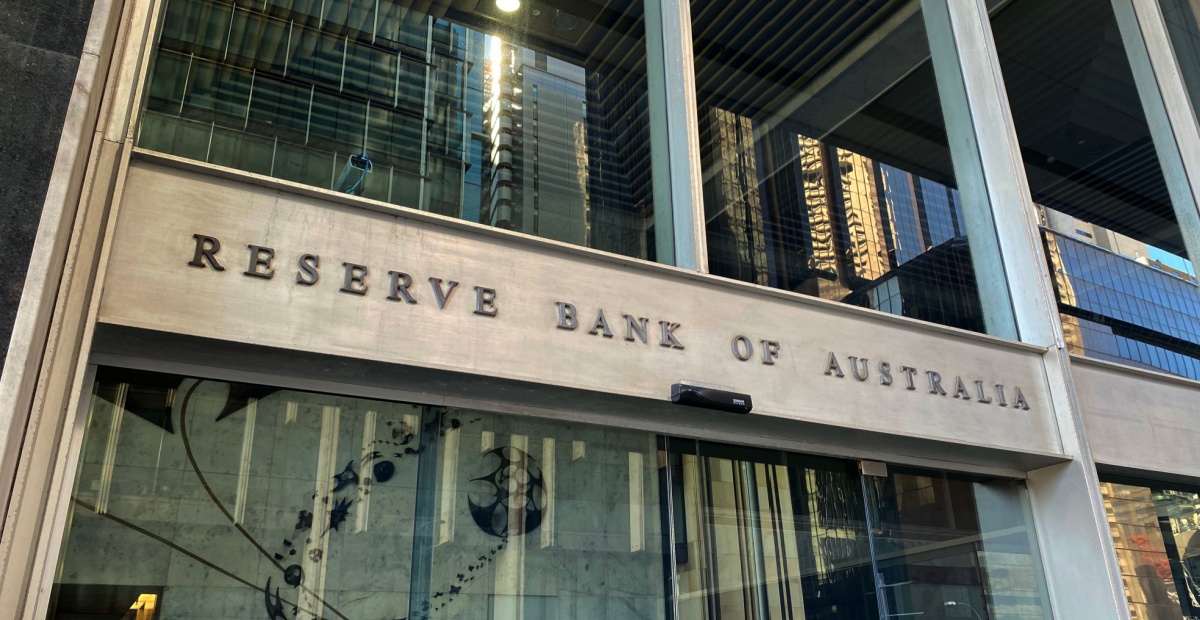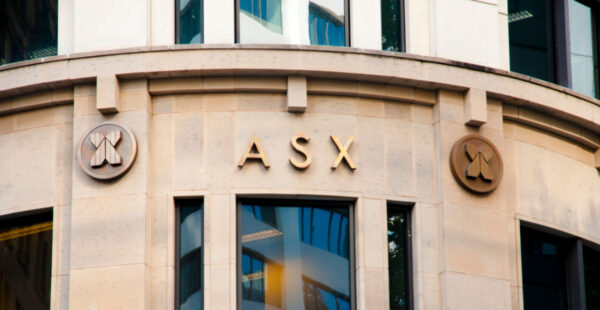RBA plays safe with rate hold amid recent outsized inflation figures

The Reserve Bank of Australia (RBA) has made the safer call in its latest monetary policy decision today to hold the official cash rate at 3.6 per cent, after concerning Consumer Price Index (CPI) figures released last week revealed inflation had crept past the top end of the central bank’s target threshold.
The optimism of industry experts and market commentators that the RBA would deliver its first cash rate reduction since May quickly faded last week, after the Australian Bureau of Statistics’ (ABS’) latest inflation data confirmed the central bank’s preferred measure of inflation – the trimmed mean – had risen by three per cent in the 12 months to the September 2025 quarter and general CPI had risen by 3.2 per cent.
RBA Governor, Michele Bullock, said the decision to hold interest rates reflected this breach of its two-to-three-per-cent target threshold for the first time since the December quarter last year.
“Inflation has fallen substantially since the peak in 2022, as higher interest rates have been working to bring aggregate demand and potential supply closer towards balance. More recently, however, inflation has picked up. Trimmed mean inflation was 1.0 per cent in the September quarter and 3.0 per cent over the year, up from 2.7 per cent over the year in the June quarter,” the statement said.
“This was materially higher than expected at the time of the August Statement on Monetary Policy. Headline inflation rose sharply to 3.2 per cent over the year in the September quarter, a large part of which was expected given the cessation of electricity rebates in a number of states.
“The Board’s judgement is that some of the increase in underlying inflation in the September quarter was due to temporary factors. The central forecast in the November Statement on Monetary Policy, which is based on a technical assumption of one more rate cut in 2026, has underlying inflation rising above 3 per cent in coming quarters before settling at 2.6 per cent in 2027.”
The RBA Board, confirming that today’s decision had unanimous favour among all members, also said while an uplift in housing market data and private demand suggested recent interest rate reductions had made some impact concerns remained over the outlook for onshore economic activity given global conditions.
“Housing prices are rising and dwelling construction costs have also started to increase again after a period of weak growth. Credit is readily available to both households and businesses.
“Various indicators suggest that labour market conditions remain a little tight, notwithstanding a recent easing. Growth in employment has slowed by slightly more than expected and the unemployment rate rose to 4.5 per cent in September from 4.3 per cent in August. But measures of labour underutilisation remain at low rates, job vacancies are still at a high level and business surveys and liaison continue to suggest that a significant share of firms are experiencing difficulty sourcing labour. Looking through quarterly volatility, wages growth has eased from its peak, but productivity growth has been weak and growth in unit labour costs remains high.
“There are uncertainties about the outlook for domestic economic activity and inflation stemming from both domestic and international developments. On the domestic side, if the pick-up in private demand continues to exceed expectations, this could increase the demand for labour, add to capacity pressures and make it easier for businesses to pass on cost increases. Alternatively, the improvement in private demand might not persist.
“Uncertainty in the global economy remains elevated but so far there has been minimal impact on overall growth and trade, and many forecasters have revised up their near-term expectations for world growth. Trade policy developments are still expected to have an adverse effect on world growth over time. Beyond tariffs, a broader range of geopolitical risks remain a threat to the global economy. This could all weigh on growth in aggregate demand and lead to weaker labour market conditions in the domestic economy.
“There are also uncertainties regarding the assessment that monetary policy remains a little restrictive, the lags in the effect of recent monetary easing, the balance between aggregate demand and potential supply for goods and services, conditions in the labour market and the outlook for productivity growth. These uncertainties present risks in both directions to the inflation and employment outlook.”
The Board’s statement also affirmed its shift to more hawkish sentiment, emphasising the “heightened level of uncertainty” as a result of “more persistent inflation”.
“The recent data on inflation suggest that some inflationary pressure may remain in the economy. With private demand recovering and labour market conditions still appearing a little tight, the Board decided that it was appropriate to maintain the cash rate at its current level at this meeting. Financial conditions have eased since the beginning of the year, but it will take some time to see the full effects of earlier cash rate reductions. Given this, and the recent evidence of more persistent inflation, the Board judged that it was appropriate to remain cautious, updating its view of the outlook as the data evolve.
“The Board will be attentive to the data and the evolving assessment of the outlook and risks to guide its decisions. In doing so, it will pay close attention to developments in the global economy and financial markets, trends in domestic demand, and the outlook for inflation and the labour market. The Board is focused on its mandate to deliver price stability and full employment and will do what it considers necessary to achieve that outcome.”
Russel Chesler, Head of Investments & Capital Markets at VanEck, said the market had come to expect a rate hold after last week’s inflation data release.
“Last week’s inflation spike has made it a foregone conclusion that the RBA will announce a rate hold this afternoon. With the cash rate currently at 3.6%, it is looking likely that we are already at the terminal rate for the current cycle, and the next move could be up.
“One thing we have consistently cautioned against this year is the danger of too many rate cuts. Given existing strength in the economy, there was no urgency to drive back-to-back rate cuts, each of which needs time to unwind in the economy. We said too many rate cuts run the risk of increasing inflation and possibly over-heating the property market, and we’re now seeing that scenario playing out. The horses in today’s Melbourne Cup have nothing on Australian house prices, which rose the fastest in more than two years in October, according to Cotality, increasing by 1.1%.
“Some analysts have gone so far as to say that the RBA need to ‘give one of the rate cuts back’, by which they mean implement a rate increase, and there is an outside chance that this may need to happen. Should wage growth remain elevated, or worse, accelerate, we could see more upward pressure on services inflation, which has increased recently across restaurants and housing.”











ASIC should cancel Interprac's AFSL already, like the other 4. Or is it too big to fail?
Should be fine though cause Crole said they did nothing wrong
Where’s the Govt MIS review started 2023 by Hot Mess Jones ? Hot Mess Jones buried it real deep. And…
You'd probably never work with me because you're probably unemployable in the private sector.
Ladder board of top leaches.